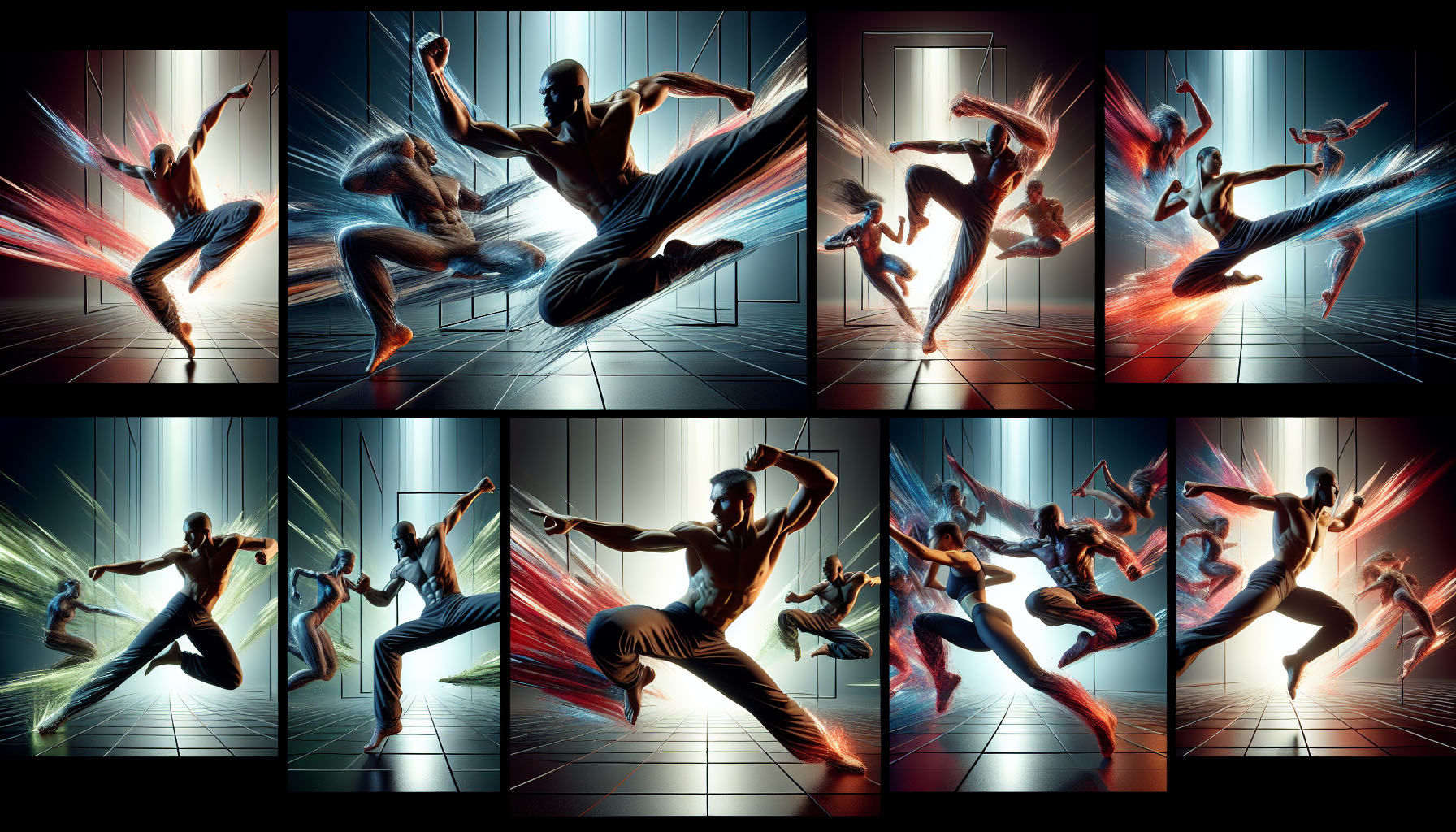
Understanding the Art of Action Sequences
Action sequences are a staple of many film genres, captivating audiences with their intensity, choreography, and execution. These scenes, whether they involve hand-to-hand combat, high-speed chases, or epic battles, are complex productions that require meticulous planning and coordination. Mastering action sequences necessitates a deep understanding of choreography, camera work, and the physical capabilities of performers, creating a ballet of violence that is both beautiful and thrilling.
The Choreography of Action
At the heart of any thrilling action sequence is its choreography. This refers not just to the movements of the actors, but to the coordination of the camera, the timing of special effects, and the integration of the setting into the action. Choreographing an action sequence begins with a clear vision. Directors often work closely with choreographers and stunt coordinates to map out each moment, considering the narrative impact and how each move progresses the story or develops a character.
Pre-Visualization and Storyboarding
Modern action sequences often start with pre-visualization, a process that uses computer-generated imagery to map out complex scenes. This allows directors and choreographers to experiment with different actions and angles before physical production begins. Following pre-visualization, detailed storyboards are created, guiding the on-set execution of the scene.
Training and Rehearsal
Preparing actors and stunt performers for an action sequence is a crucial step that can take weeks or even months. This period allows performers to build the necessary physical conditioning and to master the choreography of the sequence. It also provides an opportunity for the director and choreographers to tweak movements and ensure that the action feels authentic and impactful.
Execution on Set
The execution of an action sequence demands a cohesive effort from the entire production team. Coordination between the director, choreographer, cinematographer, and special effects team is vital for capturing the choreographed action effectively.
Cinematography and Editing
The way an action sequence is shot and edited plays a pivotal role in its impact. Dynamic camera movements, such as tracking shots or handheld camera work, can add energy and immediacy to a sequence. Conversely, carefully planned static shots can highlight the grace and precision of choreographed movements. Editing, for its part, must maintain the clarity and coherence of the action, ensuring that the audience can follow the sequence without getting lost.
Special Effects and Sound Design
Special effects, both practical and computer-generated, add scale and intensity to action sequences. Practical effects, like pyrotechnics or rigged stunts, provide a tangible reality to the action, while CG effects can create impossible moments that amplify the excitement. Sound design, too, is crucial, with well-timed sound effects and a dynamic score heightening the sensory experience.
The Importance of Safety
Amid the excitement of creating an action sequence, the safety of the cast and crew remains paramount. Rigorous safety protocols, extensive rehearsal times, and the use of protective equipment ensure that the thrill of the action never comes at the expense of anyone’s well-being. The use of CGI has also enhanced safety, allowing for the creation of risky stunts in a controlled and safe environment.
At its best, a masterfully executed action sequence can become an iconic moment in cinema, remembered long after the film’s release. Through the combination of innovative choreography, dynamic cinematography, and cutting-edge effects, filmmakers continue to push the boundaries of what’s possible, thrilling audiences with each new leap forward.






